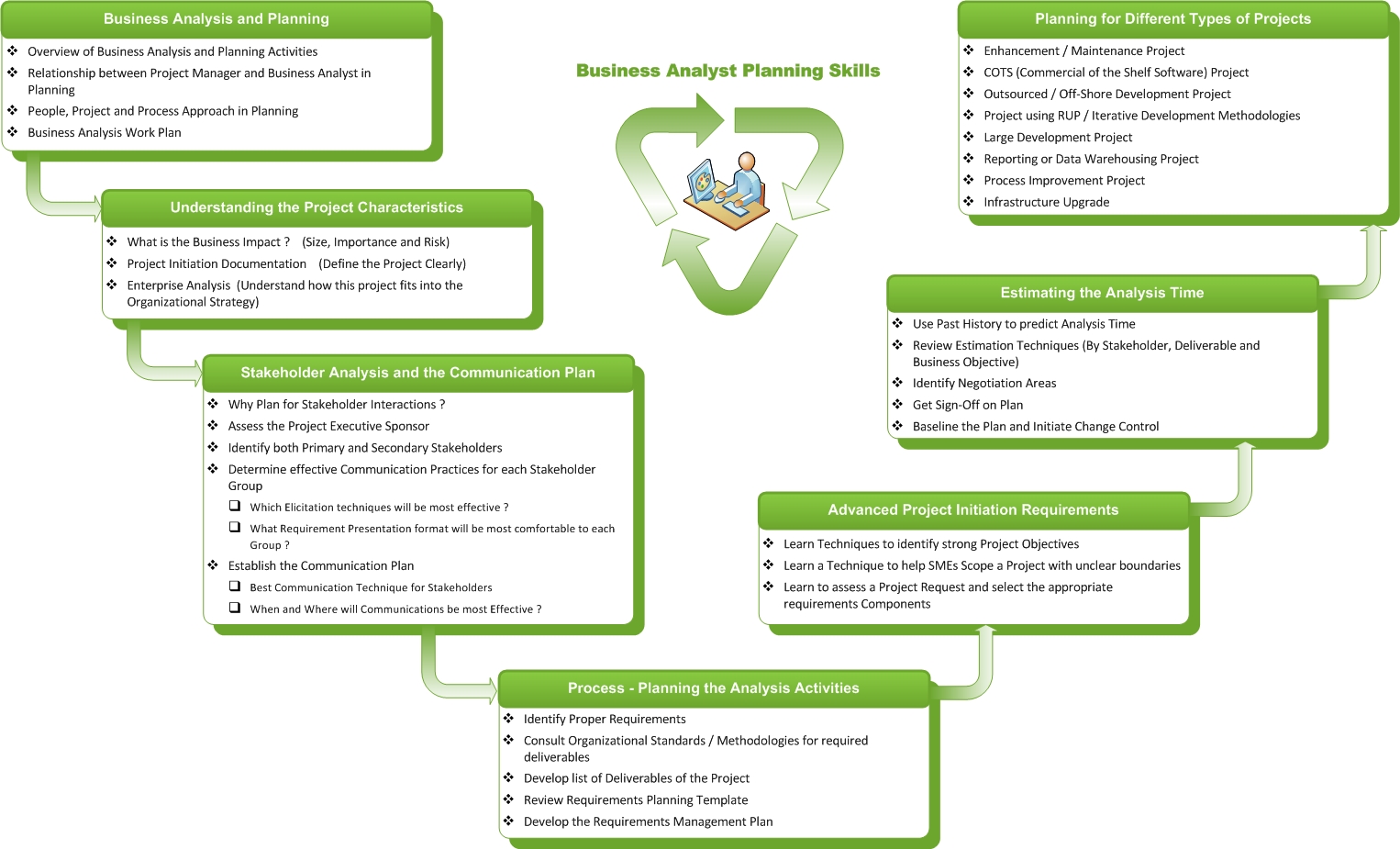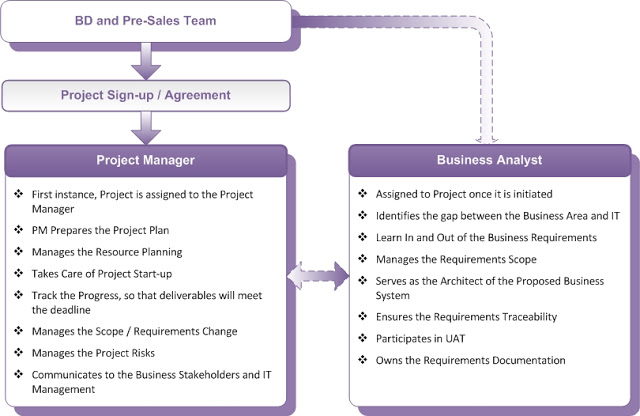From my practice when we faced a challenging situation at work than we used Ed Muzio's approach. It has 7 steps of problem solving. The first step is definition. Definition asks the question what is the problem really. Until you that you can't go any further. The second step is data collection. Data collection answers questions what is going on. Step three is cause analysis. This answers questions why what's going on here. Step four is solution planning. That is a lot of work. This can take quite some time to plant a solution well and to implement it. It's worth the effort. Step five is evaluation of efforts. The question here is did it work. Is our solution work or we are still not done. Step six is standartization. The idea of standartization is we have gone through a lot of work to get the solution. Let's see how widely we can use it in the organization. Step 7 is evaluation of whole process. The idea here is to learn something based on the work we have done.
Batkhuyag Naigal, Ph.D.
How To Use Structured Problem Solving
If everything worked smoothly in your work, there would be no need to keep you on the payroll. Even if you did stay, your daily work would quickly become boring. Facing new challenges prompts us to grow and develop new skills. To use an athletic analogy, you don’t build endurance until you push yourself to work harder. This multi-step process is a proven method to get work through challenging problems.
When Should I Use Structured Problem Solving?
It is important to use the right tool for the task at hand. This is a powerful method that takes some time to plan and use. As a result, it only makes sense to use it on medium or large problems. If you are facing a minor computer glitch, simply restarting your computer will solve 95% of such problems. If you are facing a problem with a multi-million dollar project, this process makes sense to use. Finally, this process is useful to apply when you are facing an unfamiliar or frustrating problem.
Why Should I Use Structured Problem Solving?
Using a disciplined problem solving metod is useful in several circumstances. Consider using this process when are facing a situation that meets some or all of the criteria below:
- New Problems. If you face a new problem that initially baffles you and defies solution, look into using a structured process to address the situation.
- Stressful Problems. Certain problems – such as those involving weak skills or difficult people – trigger stress feelings. Emotion does help in motivating you to act. Unfortunately, emotion does not tend to generate specific solutions.
- High Risk Problem. High risk problems have the potential to cause significant damage to your organization and career if you do not take action.
- Priority Impact. If a given problem directly undermines your ability to achieve success on a priority goal, then it makes sense to apply some additional resources on solving the problem.
Ultimately, you will have to use your professional judgement to decide whether and how to apply this scenario. If you are just getting started with this process, I suggest using it on a small problem first. That way, you can build confidence in using the strategy.
The 6 Step Process For Problem Solving
Use these steps in sequential order to gain the best results in solving complex and important problems.
Step 1: Identify the problem
At this stage, you are defining the scope of the problem you have to solve. Points to consider at this stage include: problem origin (if known), problem impact (e.g. on customers, on staff or reputation) and timeline to solve the problem.
Example: “Three important vendors for next week’s conference have failed to meet several milestones defined by the contract. Vendor non-performance will result in conference attendee complaints and reputational damage.”
Note: the time factor is important to consider because it influences how much time you can dedicate to thinking through the problem. In extreme conditions, you may run through this entire process in less than an hour.
2. Structure the problem
Putting the problem into a clear structure for analysis is one of the great insights that consultants and MBA graduates bring to their work. What does it mean to structure a problem? It means identifying the important issues.
Example: Vendor non-performance in this case has the following points. First, there is a contract aspect to the problem. Second, there is a problem relating to our oversight and monitoring over the vendor. Third, this problem has an impact to the attendee experience.
Popular structures to use include Porter’s five forces model, connecting the problem to company goals or connecting the problem to a balanced scorecard.
3. Develop solutions
According to research by Chip and Dan Heath in their book “Decisive,” most managers develop only two solutions: “Do x or do not do X.” It will come as no surprise that this approach rarely delivers success. Binary choices tend to have a 50% or greater failure rate. On the other hand, fifty solutions is probably too many to handle especially if you are working through a problem solving process on your own.
The Solution Sweet Spot: developing three to five solutions is usually enough according to business consultant and author Michael Bungay Stanier.
To return to our vendor scenario, here are five solutions one might consider:
- Hire a new vendor to deliver.
- Enforce contract penalties for non-performance.
- Escalate the issue to a higher level (e.g. your executive calls the executive at the vendor) to discuss the situation.
- Implement new milestones with daily status reporting.
- Cancel the event if there is no way to produce a quality outcome according to schedule.
4. Select a solution to the problem
With a list of possible solutions on the table, it is now time to decide. If you face a personal problem or one that only impacts your work, choosing the option that strikes you as best is enough. In other situations, use a scoring process.
In our conference example, your decision criteria could be: cost, quality and reputation. Writing up a few notes to explain your decision is helpful if you need to convince something else to support your decision.
Example: I recommend hiring another vendor to complete the printing because we have a list of three backup vendors and the additional cost is within our planned budget.
Note: For large scale problem solving, you may have to follow an organizational template or policy if your solution requires a large amount of money.
5. Implement a solution
In this step, you put the solution into action. Implementation may become a project of its own. In that case, you have a full toolkit of project management tools and processes to call on.
Tip: If you are solving a novel problem, stay humble about your solution. It may not work or there may be a better way.
6. Monitor for success
Monitoring the solution and situation is a key step to ensure the problem is truly solved. Failing to follow up – especially if you have assigned the task to someone else – is a recipe for disaster. Monitoring is also important because problems are sometimes symptom of a deeper problem.
Tip: Increase the quantity and frequency of reporting when you are working through an important problem. In the conference example, you may ask for daily progress reports if the conference is ten days away.
Further Resources For Problem Solving
Consultants, authors and other professionals have done great work in creating tools and methods for business problem solving. In this section, you will find a few resources to continue your problem solving education.
McKinsey & Company Case Interviews. The global consulting firm provides business cases and other resources to assist job applicants seeking a role at the firm. Take a look at the practice problem solving tests to refine your skills.
CasePlace.org. Created by The Aspen Institute Business and Society Program, Case Place is a rich resource of case studies on a variety of organizations. Of special note: users can find cases by business discipline such as accounting, law and operations.
Are You Solving the Right Problem?. This Harvard Business Review article points out that problems vary in value. You may face several problems on any given day – choosing the right problem to work through matters.
https://goo.gl/YJnXPT









